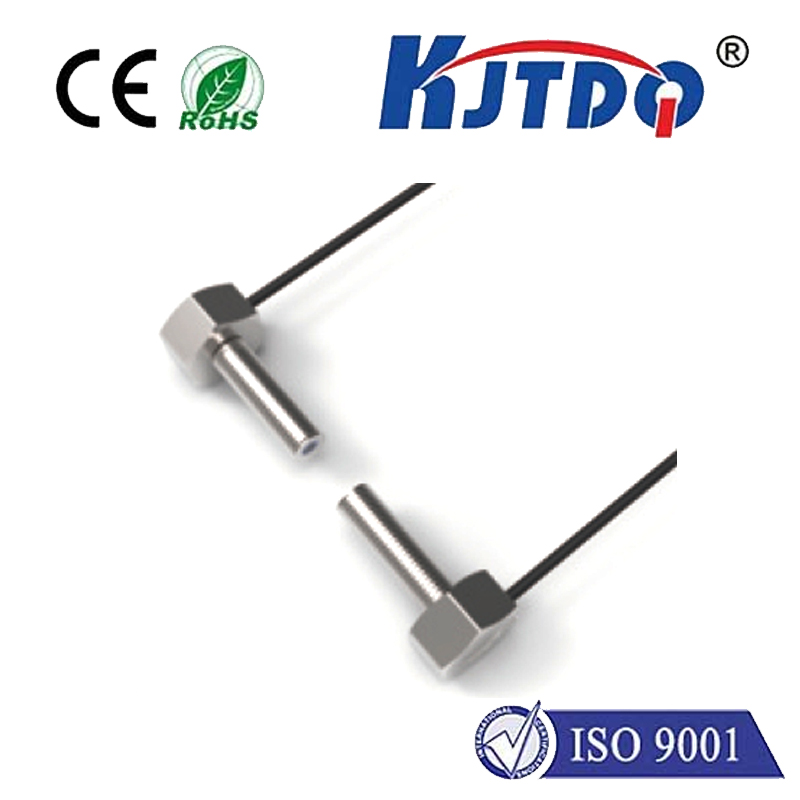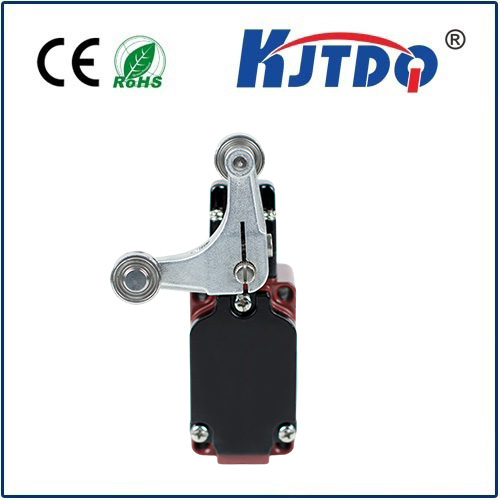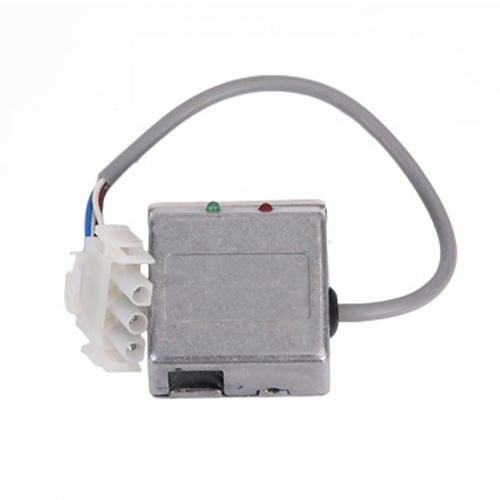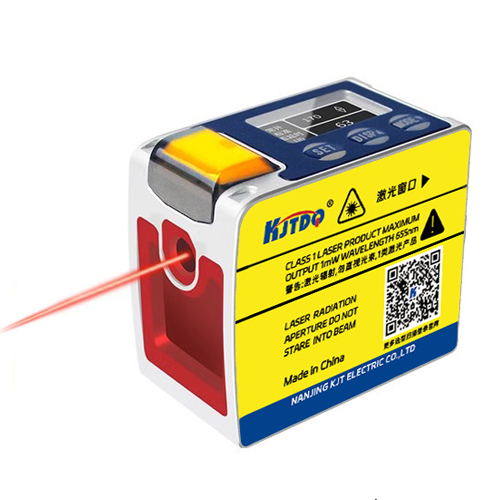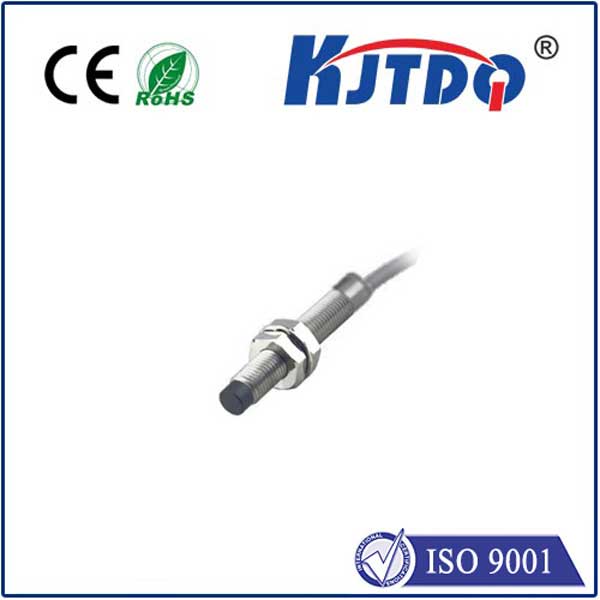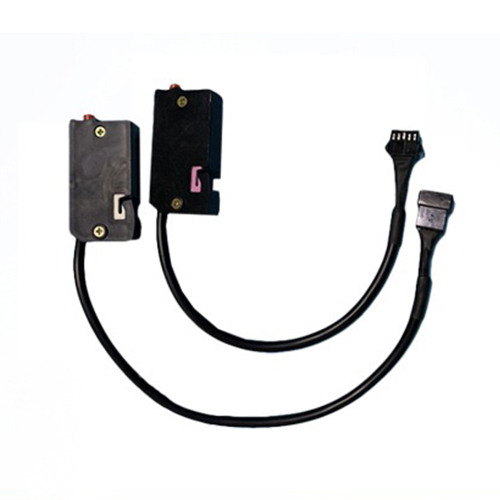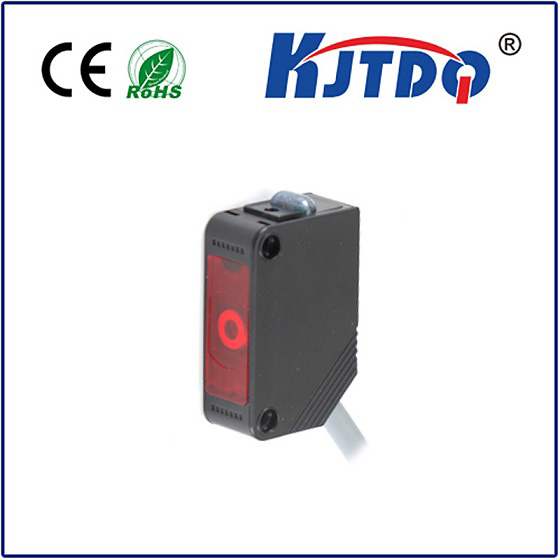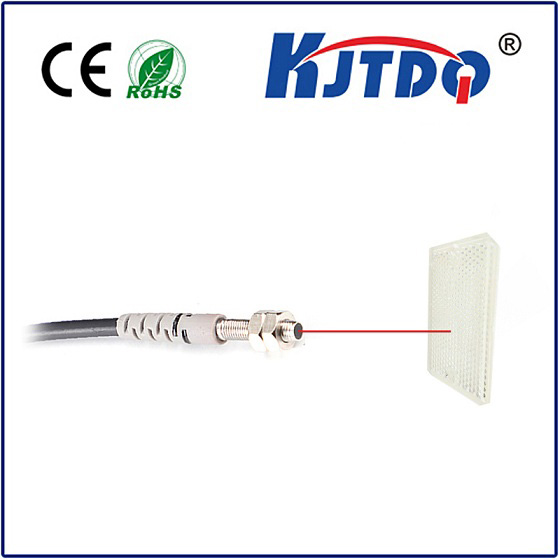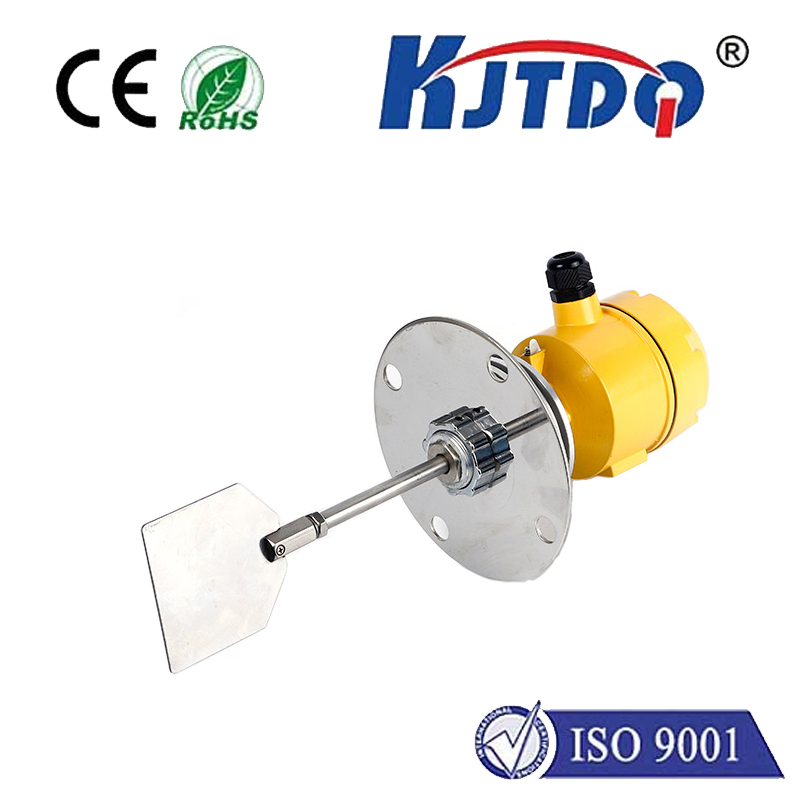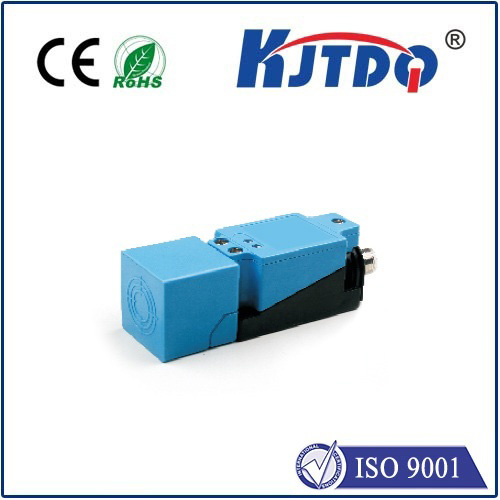jenis proximity sensor
- time:2025-06-19 02:25:05
- Click:0
Understanding Jenis Proximity Sensor: A Guide to Detection Technology Types
Invisible guardians constantly interact with our world, automating tasks, enhancing safety, and bringing intelligence to machines. Proximity sensors are these ubiquitous sentinels, silently detecting the presence or absence of objects without any physical contact. When discussing jenis proximity sensor – translating directly to types of proximity sensors – we delve into the fascinating array of technologies enabling this non-contact detection. Understanding these different types is crucial for selecting the right sensor for any application, ensuring optimal performance and reliability.
But why is this knowledge so vital? From the precision manufacturing of smartphones to the safety systems guarding factory floors, the correct proximity detector makes all the difference. Choosing the wrong jenis sensor can lead to malfunctions, inefficiency, or even hazardous situations. This guide explores the core sensor jenis based on their underlying physics, highlighting strengths, limitations, and typical scenarios where they shine. Let’s illuminate the key categories that define the proximity sensor landscape.

1. Inductive Proximity Sensors: Masters of Metal Detection
- Working Principle: These workhorses operate on the principle of electromagnetic induction. An internal oscillator generates a high-frequency electromagnetic field emanating from the active sensing face. When a conductive metal object enters this field, it induces eddy currents on the object’s surface. This current draw dampens the oscillation amplitude within the sensor, triggering a state change in its output circuitry.
- Key Characteristics:
- Detects Only Metallic Targets: Primarily effective on ferrous metals (like iron, steel) or non-ferrous metals (aluminum, brass, copper), with detection range varying by material type.
- Immune to Environmental Factors: Highly resistant to dust, dirt, oil, water, vibration, and non-metallic objects interfering with the sensing zone.
- Short to Medium Sensing Ranges: Typically ranges from fractions of a millimeter up to around 60mm (varies significantly with sensor size and target material).
- Solid-State Reliability: No moving parts, leading to long operational lifespans.
- Common Applications: Widely used in metalworking machinery (position sensing of tools/parts), automotive assembly lines (detecting pistons, gear teeth), conveyor systems (counting metallic items), and any environment requiring robust metal detection.
2. Capacitive Proximity Sensors: Beyond Metals
- Working Principle: These sensors function like an open capacitor plate. The sensing face forms one plate, and a nearby object (the target) effectively acts as the second plate. As the target approaches, the capacitance between the sensor face and the target increases. The sensor’s internal circuitry monitors this changing capacitance. When it exceeds a pre-set threshold, the sensor switches its output state.
- Key Characteristics:
- Detects Virtually Any Material: Capable of sensing metals, plastics, wood, glass, paper, liquids, powders, and even granular substances.
- Influenced by Environment: Can be affected by humidity, temperature fluctuations, and the presence of conductive contaminants (like water film). Shielding helps focus the field.
- Adjustable Sensitivity: Often feature a potentiometer to fine-tune the detection threshold for different materials and environmental conditions.
- Similar Range to Inductive: Ranges are generally comparable to inductive sensors, typically up to about 30-40mm, depending on target material and size.
- Common Applications: Ideal for level detection in silos containing liquids, powders, or granules; detecting presence of filled containers (plastic bottles, cardboard boxes); position sensing of non-metallic objects; and touch-sensitive interfaces. They are essential proximity sensors for non-metallic targets in packaging, food processing, and material handling.
3. Ultrasonic Proximity Sensors: The Sound Detectives
- Working Principle: These sensors emit high-frequency sound waves (beyond human hearing) and listen for the returning echo. By precisely measuring the time difference between sending the ultrasonic pulse and receiving the echo (time-of-flight), they calculate the distance to the target object. While often used for distance measurement, they function effectively as proximity sensors by triggering when a target enters a pre-defined zone.
- Key Characteristics:
- Excellent Range: Capable of much longer detection ranges than inductive or capacitive sensors, often from centimeters up to several meters.
- Material Versatility: Can detect most solid objects and liquids reliably, regardless of their material composition, surface color, or transparency. However, soft surfaces absorb sound, reducing range.
- Environmental Sensitivity: Performance can be affected by temperature (alters speed of sound), strong air currents, foam, dust, snow, and highly absorbent materials. Requires a relatively clear path.
- Larger Size & Slightly Slower Response: Generally larger than inductive/capacitive sensors and have a slower response time due to the time-of-flight principle.
- Common Applications: Used in parking assistance systems, object detection in robotics (especially where range is needed), liquid level control in tanks, presence detection on conveyor belts (for oddly shaped or transparent items), and palletizing systems.
4. Magnetic Proximity Sensors (Reed Switches, Hall Effect): Sensing Fields
- Working Principle: This category detects the presence of a magnetic field, typically generated by a permanent magnet mounted on the target object.
- Reed Switch: A simple, sealed glass tube containing two ferromagnetic reeds. When a strong enough magnetic field is present, the reeds magnetize, attract each other, and close an electrical circuit. Requires no external power.
- Hall Effect Sensor: Uses a semiconductor device where an output voltage changes proportionally to the strength and polarity of an applied magnetic field perpendicular to the current flow. Requires an external power supply and offers more precise detection and switching characteristics than reed switches.
- Key Characteristics:
- Requires a Magnet: Detection is dependent on a magnet located on the moving target.
- Long Sensing Range (Compared to Inductive/Capacitive): Especially Hall Effect sensors with appropriate magnets, offering ranges potentially over 100mm.
- Reed = Simple & Rugged: Reed switches are mechanically simple but can be susceptible to shock/vibration and have limited switching cycles. Hall Effect = Solid-state reliability, high switching speeds, and programmable sensitivity.
- Common Applications: Reed switches often used in simple position detection (door/window security sensors, float switches). Hall Effect sensors are ubiquitous in speed sensing (wheel speed sensors in vehicles, motor RPM), position feedback (linear actuators, cylinder position in pneumatics), and brushless DC motor commutation. They represent a powerful jenis for precise magnetic field detection.
5. Optical Proximity Sensors: Through the Looking Glass (Light)
- Working Principle: These sensors use light beams to detect objects. The two primary configurations are:
- Through-Beam (Opposed Mode): Consists of a separate transmitter and receiver facing each other. The target object is detected when it physically breaks the light beam between them.
- Reflective (Diffuse Mode): Combines the transmitter and receiver in a single housing. The sensor emits light, and detection occurs when the sensor receives sufficient light reflected back from a target object.
- Key Characteristics:
- Through-Beam = Long Range & High Reliability: Offers the longest reliable detection ranges (meters) and is generally the most reliable optical method, unaffected by target color or finish. Requires precise alignment of two separate components.
- Reflective = Compact & Convenient: Single-unit design simplifies installation. However, detection is highly dependent on the target’s reflectivity, color, and surface angle. Range is shorter than through-beam and can be fooled by shiny backgrounds.












